Sun-Mar CENTREX 3000NE is a composting toilet that offers a convenient and eco-friendly way to manage waste. Certified to NSF/ANSI Standard 41, it features a patented Bio-Drum for efficient mixing and aeration of compost, and a separate compost finishing drawer for easy removal of finished compost. With its 12-volt fan and odorless operation, the CENTREX 3000NE is an ideal solution for cottages, cabins, or other off-grid locations. Its rugged construction and compact design make it easy to install and maintain, ensuring years of reliable use.
Sun-Mar CENTREX 3000NE is a composting toilet that offers a convenient and eco-friendly way to manage waste. Certified to NSF/ANSI Standard 41, it features a patented Bio-Drum for efficient mixing and aeration of compost, and a separate compost finishing drawer for easy removal of finished compost. With its 12-volt fan and odorless operation, the CENTREX 3000NE is an ideal solution for cottages, cabins, or other off-grid locations. Its rugged construction and compact design make it easy to install and maintain, ensuring years of reliable use.



















-
 1
1
-
 2
2
-
 3
3
-
 4
4
-
 5
5
-
 6
6
-
 7
7
-
 8
8
-
 9
9
-
 10
10
-
 11
11
-
 12
12
-
 13
13
-
 14
14
-
 15
15
-
 16
16
-
 17
17
-
 18
18
-
 19
19
-
 20
20
-
 21
21
-
 22
22
Sun-Mar CENTREX 3000NE Owner's manual
- Type
- Owner's manual
- This manual is also suitable for
Sun-Mar CENTREX 3000NE is a composting toilet that offers a convenient and eco-friendly way to manage waste. Certified to NSF/ANSI Standard 41, it features a patented Bio-Drum for efficient mixing and aeration of compost, and a separate compost finishing drawer for easy removal of finished compost. With its 12-volt fan and odorless operation, the CENTREX 3000NE is an ideal solution for cottages, cabins, or other off-grid locations. Its rugged construction and compact design make it easy to install and maintain, ensuring years of reliable use.
Ask a question and I''ll find the answer in the document
Finding information in a document is now easier with AI
Related papers
-
 Sun-Mar CENTREX 3000 NE Installation guide
Sun-Mar CENTREX 3000 NE Installation guide
-
 Sun-Mar AC/DC Kit Operating instructions
Sun-Mar AC/DC Kit Operating instructions
-
Sun-Mar Excel NE CSEM-01400WBB Owner's manual
-
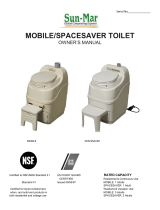 Sun-Mar SPACESAVER Owner's manual
Sun-Mar SPACESAVER Owner's manual
-
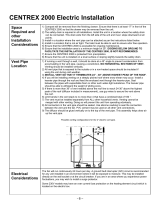 Sun-Mar CENTREX 2000 NE Installation guide
Sun-Mar CENTREX 2000 NE Installation guide
-
 Sun-Mar A/F Waterless Kit Operating instructions
Sun-Mar A/F Waterless Kit Operating instructions
-
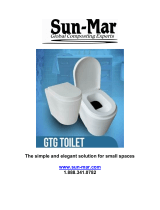 Sun-Mar GTG Toilet Installation guide
Sun-Mar GTG Toilet Installation guide
-
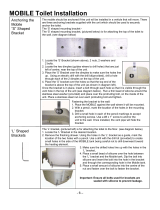 Sun-Mar Mobile Installation guide
Sun-Mar Mobile Installation guide
Other documents
-
Garantia EBA Thermo Star Composter Operating instructions
-
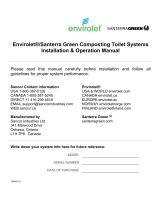 Santerra Green Y60-110V-GREYGRANITE User manual
Santerra Green Y60-110V-GREYGRANITE User manual
-
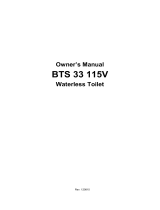 BTS BTS33115V User guide
BTS BTS33115V User guide
-
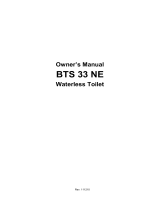 BTS BTS33NE User guide
BTS BTS33NE User guide
-
Garantia ECO-Master Operating instructions
-
TDC More Food Less User guide
-
Amazon Bio-Clean Drain Septic 2# Can Cleans Drains- Septic Tanks Operating instructions
-
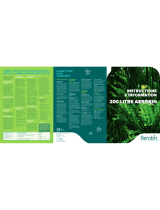 Aerobin 200 Litre Aerobin Instruction Information
Aerobin 200 Litre Aerobin Instruction Information
-
Mantis 4000 Owner's manual
-
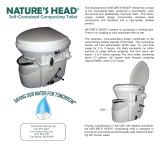 Nature's Head NH-SPH User guide
Nature's Head NH-SPH User guide


































